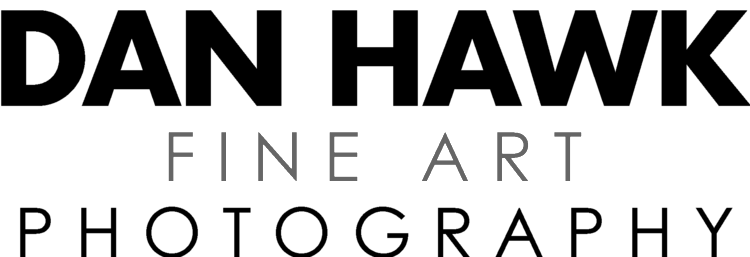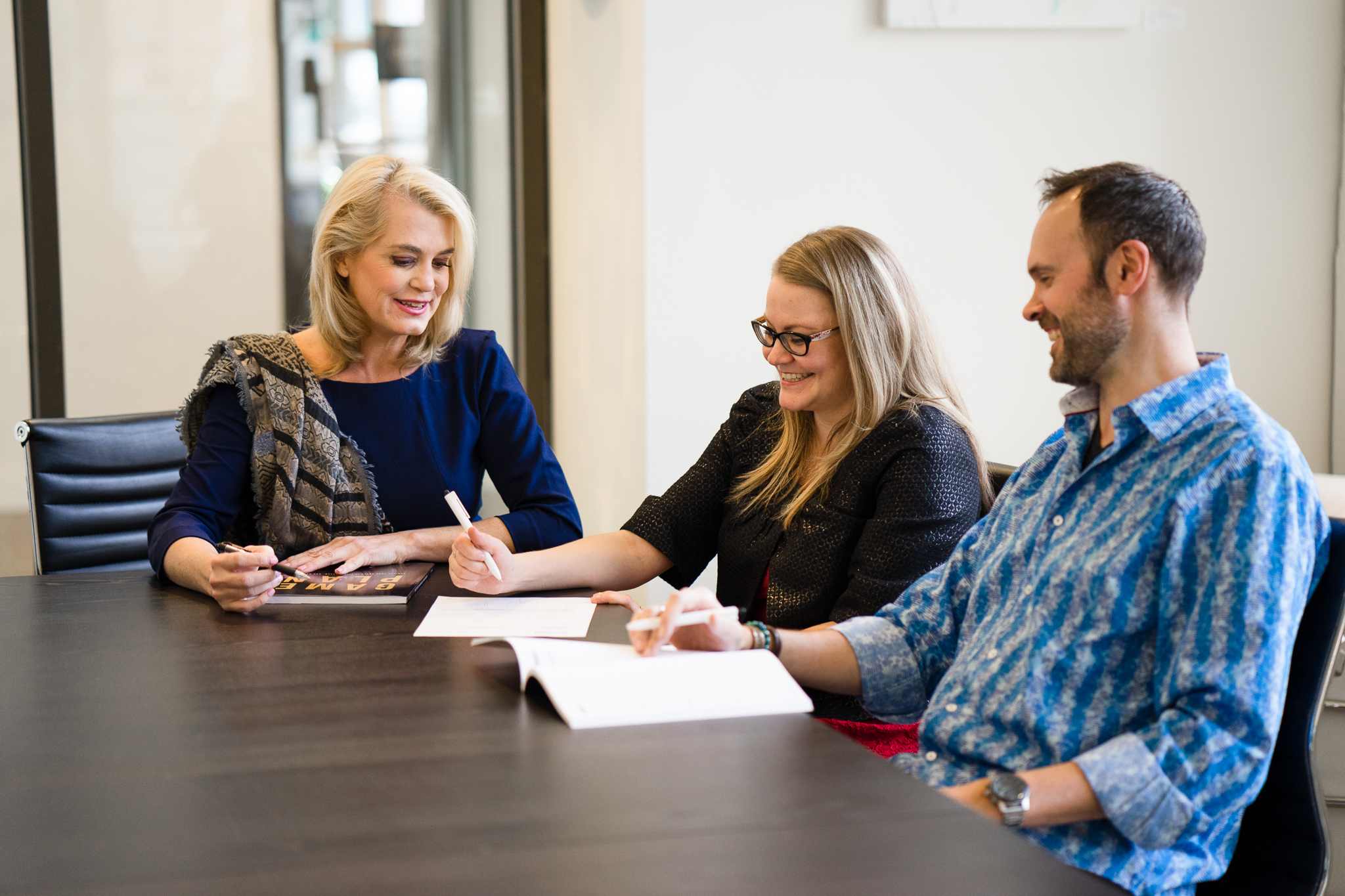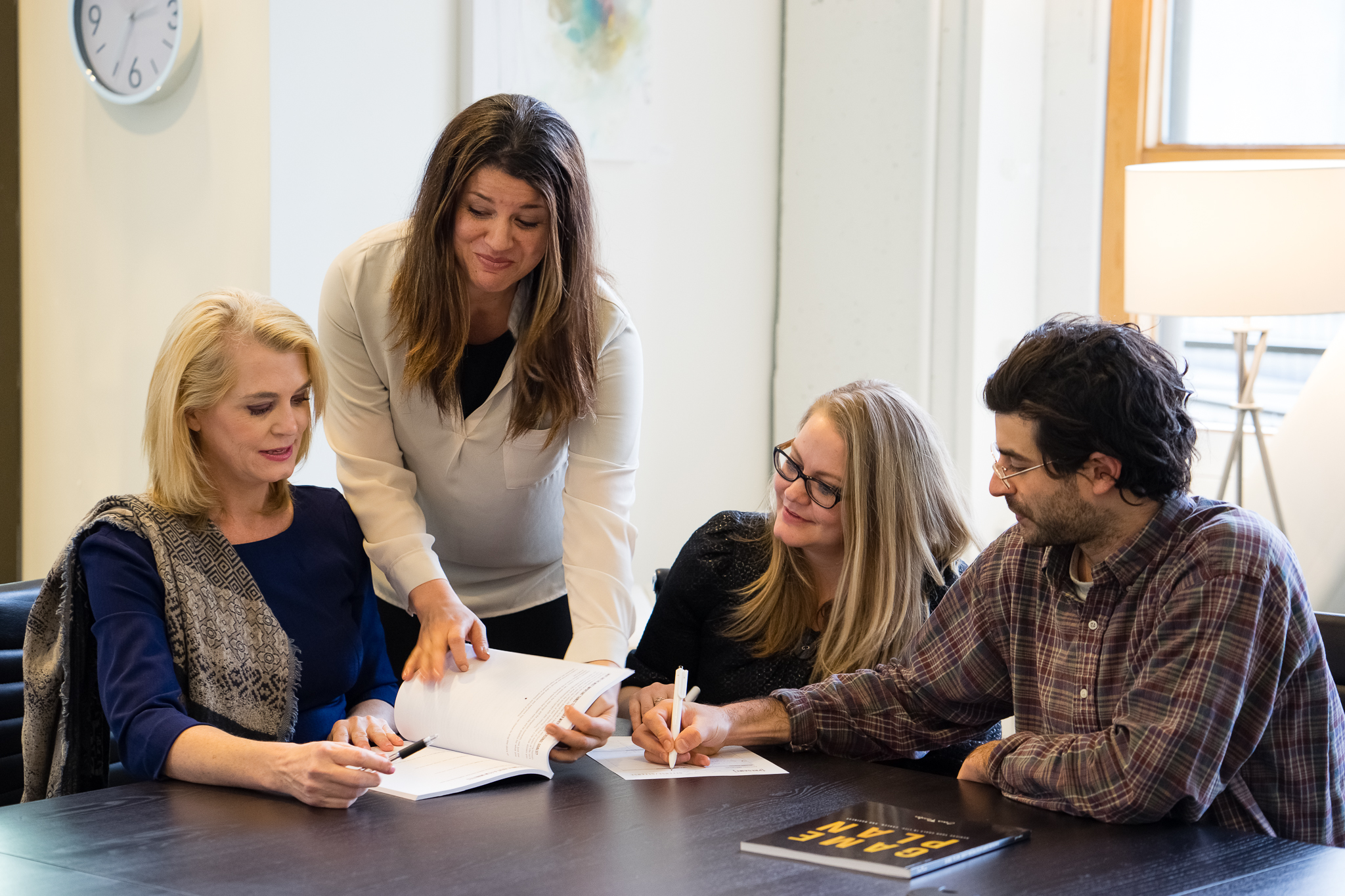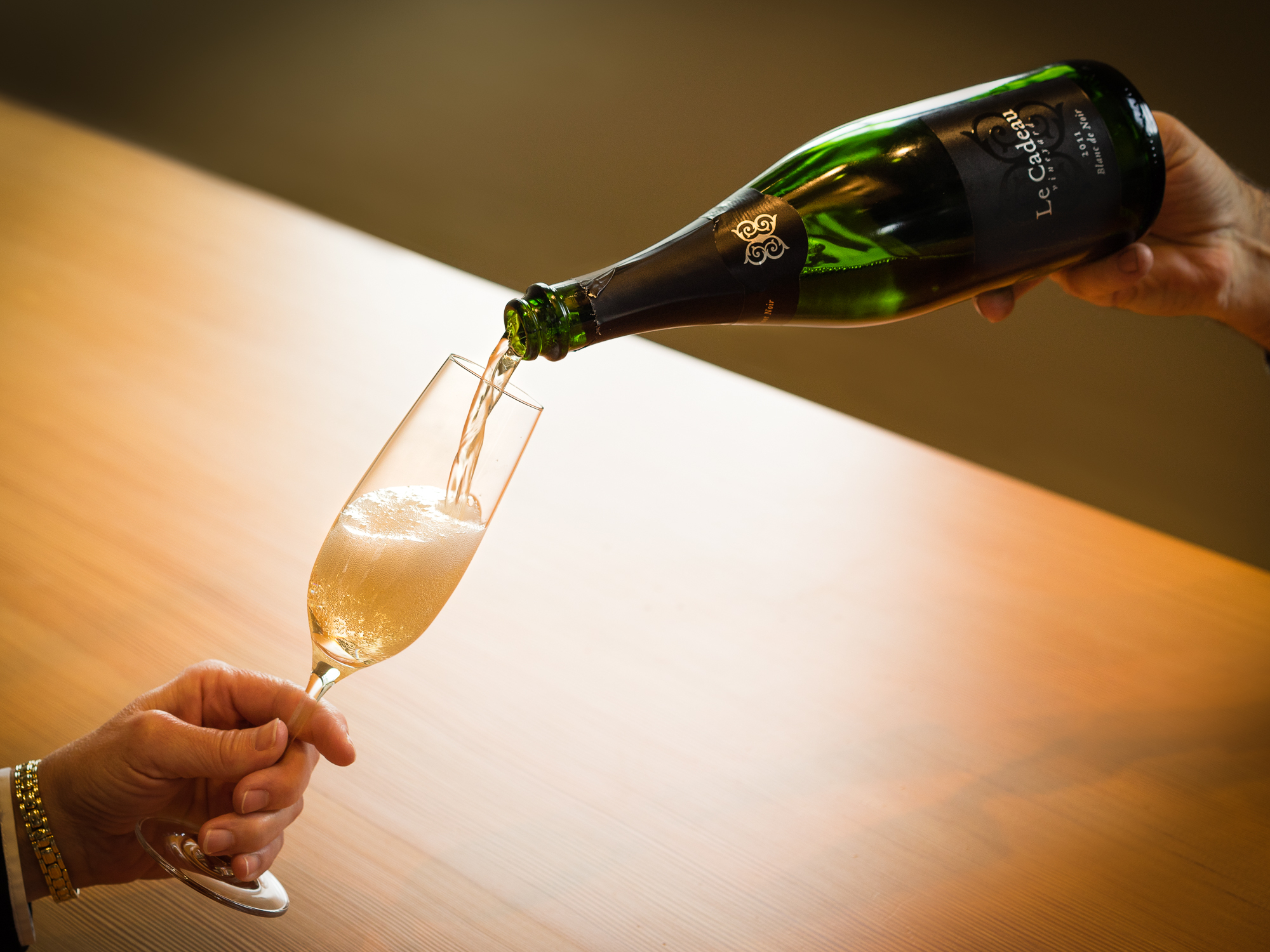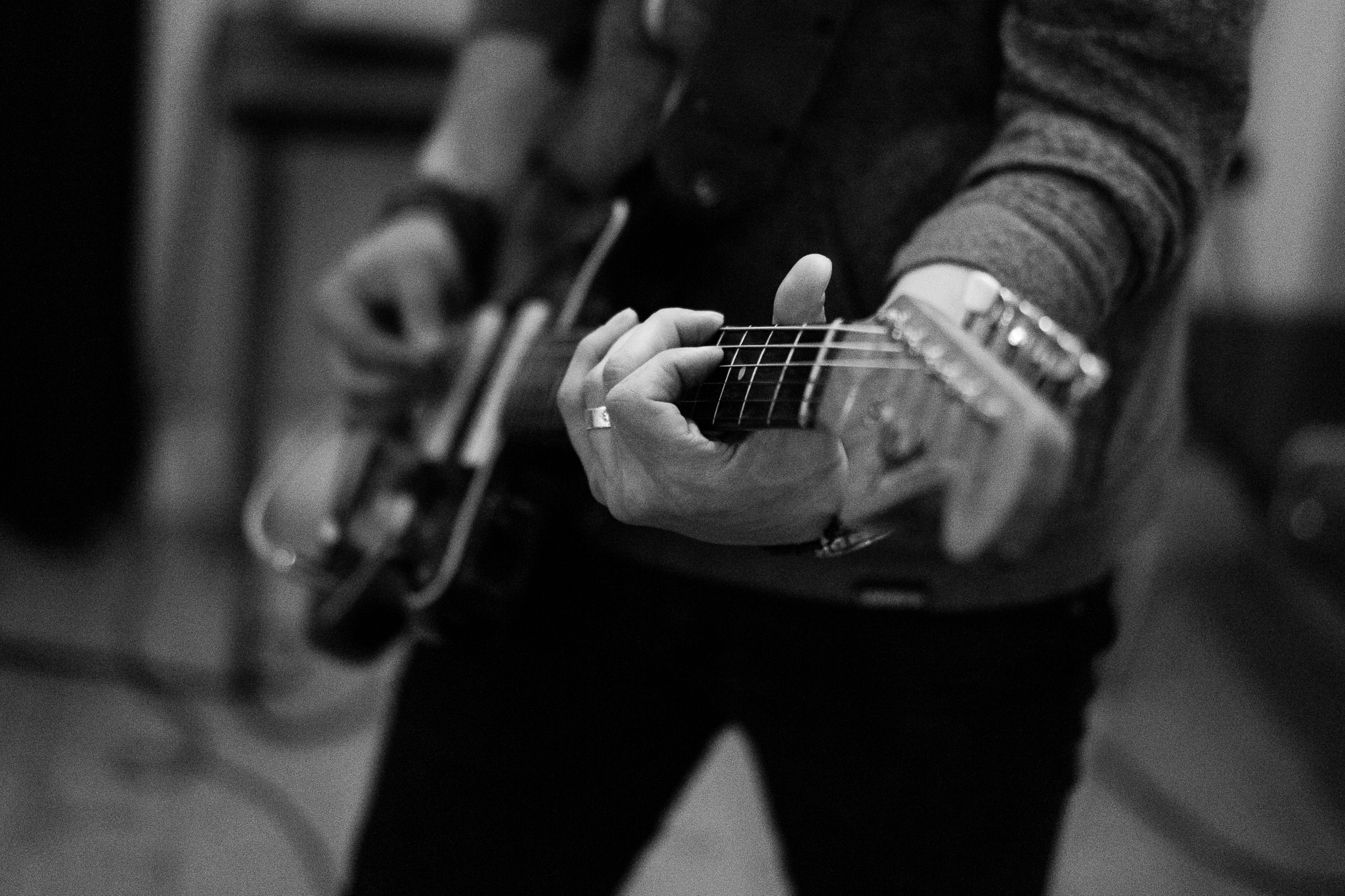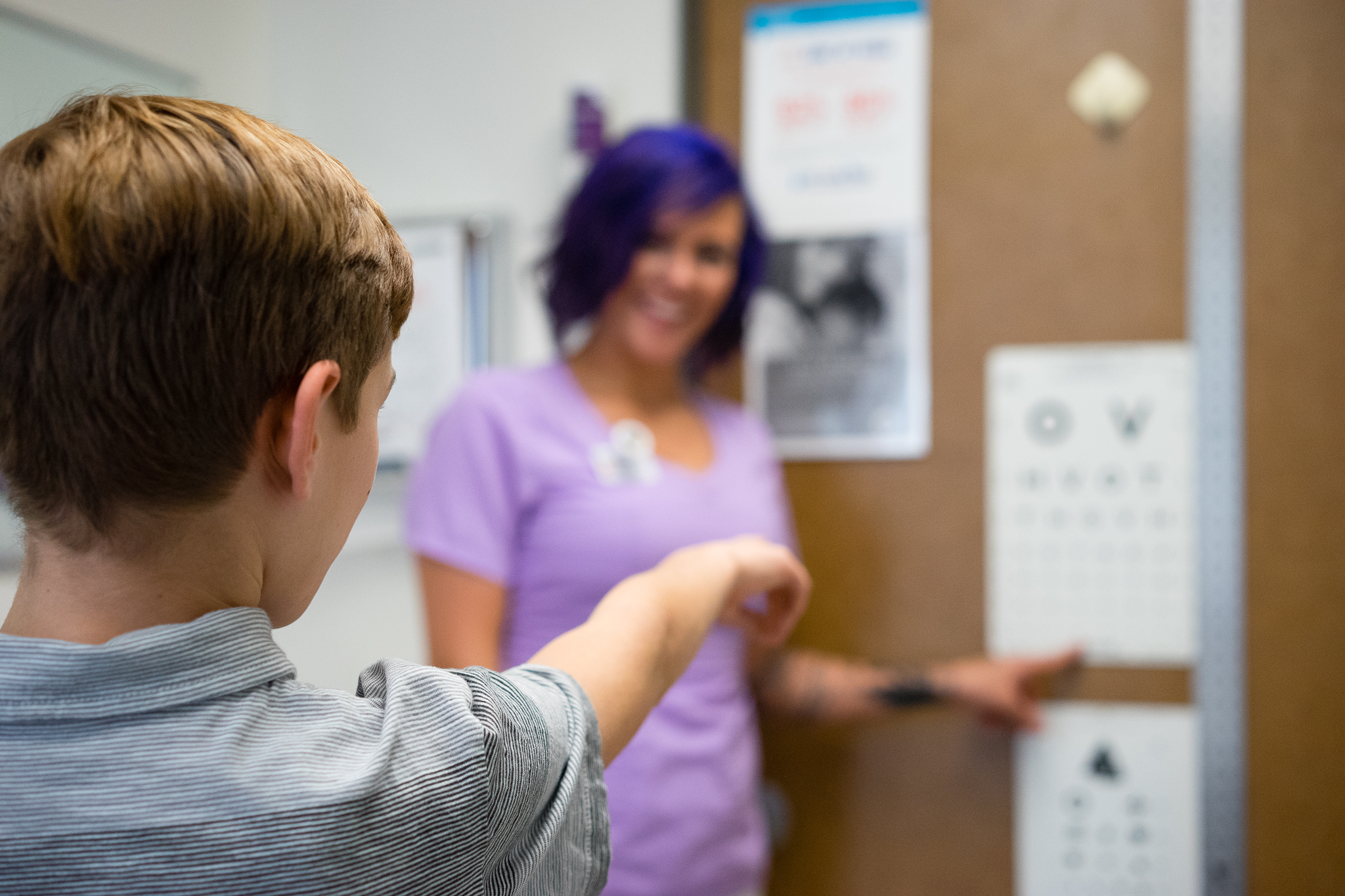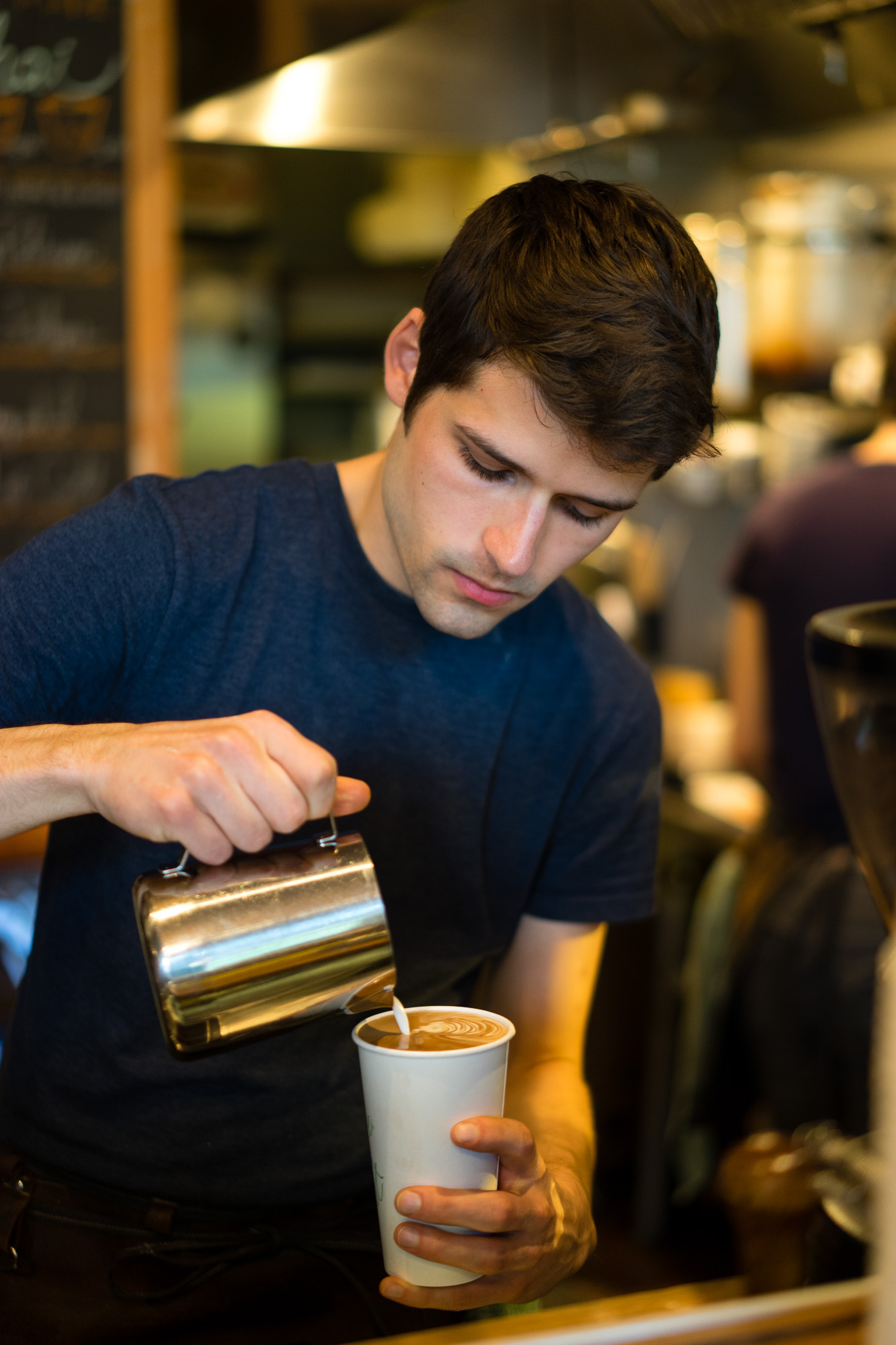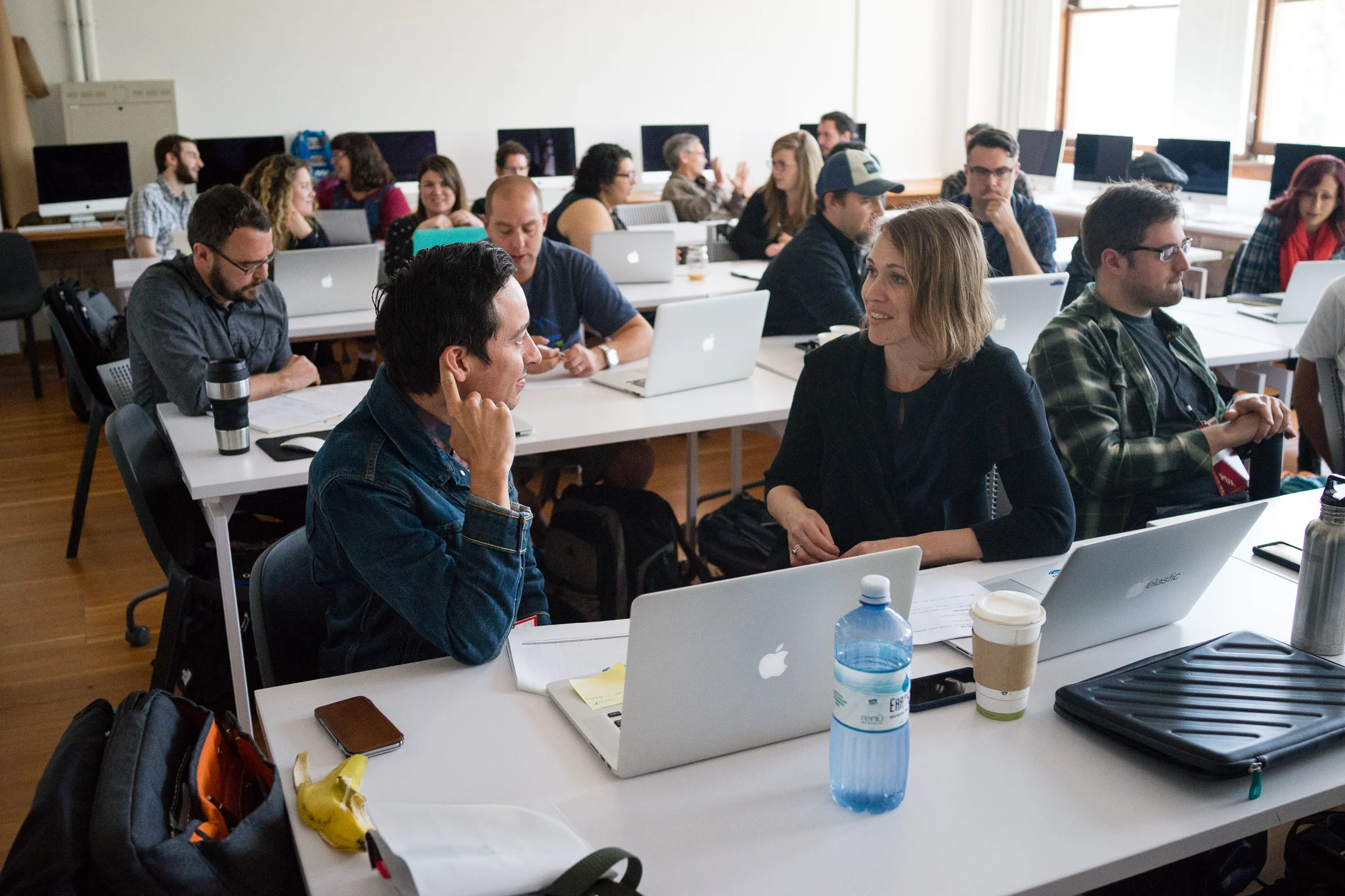I was recently talking with a friend about the evolution of books as he is still an avid Library user and I almost exlusively read on a Kindle.
Of course, I spoke of the future - how the actual content, which I think of as Books with a capital "B" doesn't need a container like the paper books of the past.
We got into the nostalgia of the paper books we both own. There are still a few I hang onto...and a few I can't get on Kindle.
I read this great article today, by Sid O'Neill on his site, Crate of Penguins. His post was prompted by the debate about Amazon's dispute with Hachette Books. This first one about the future of Books -
It helps if you look at the likely future of the author/reader relationship, and the machinations between those two entities. The thrust towards efficiency and speed is leading us away from the traditional publishing model of distribution.
and this one on the economics of publishing and the eventual demise of the traditional publisher -
We’re in this dissonant, dysfunctional relationship with the system that powers everything we do. We love Capitalism, but we hate its effects at the same time. It’s a grandiose case of the human proclivity for having ones cake whilst eating it.
As I read his words, I was immediately struck by the similarity to the evolution of the music business away from record companies and record stores as the sole distributors. I don't think anyone would argue that the old system of distributing music was better, more morale or more ethical.
We've just moved on.
It's better for both the artist and the listener. Easier to make an album and easier to buy it. The middle man has been made largely irrelevant.
I recorded an album back in 2001 and there was no decent way to sell it outside of printing up 1000 CDs and selling them directly or by mail. There were so many advantages to having a record company on board to foot the bill for producing and marketing a physical product. I had none of that. If I were doing it again today, it's likely I wouldn't ever press a CD. After all, even my old CD is on iTunes now.
Oh heck...shameless self promotion right? Here is the Rdio link and here is the Spotify link
It seems like we aren't far from it being as easy to publish your own book without a publisher. How a retailer like Amazon will be involved in this new system is still yet to be seen. I don't have any idea what it's like to sell your book through Amazon as an independent, self-publishing Author. I do know that having the ability to sell your music directly is pretty awesome and has been a game changer for music. I wonder if publishing will benefit in a similar way.
We'll find out soon enough. Progress does that.
